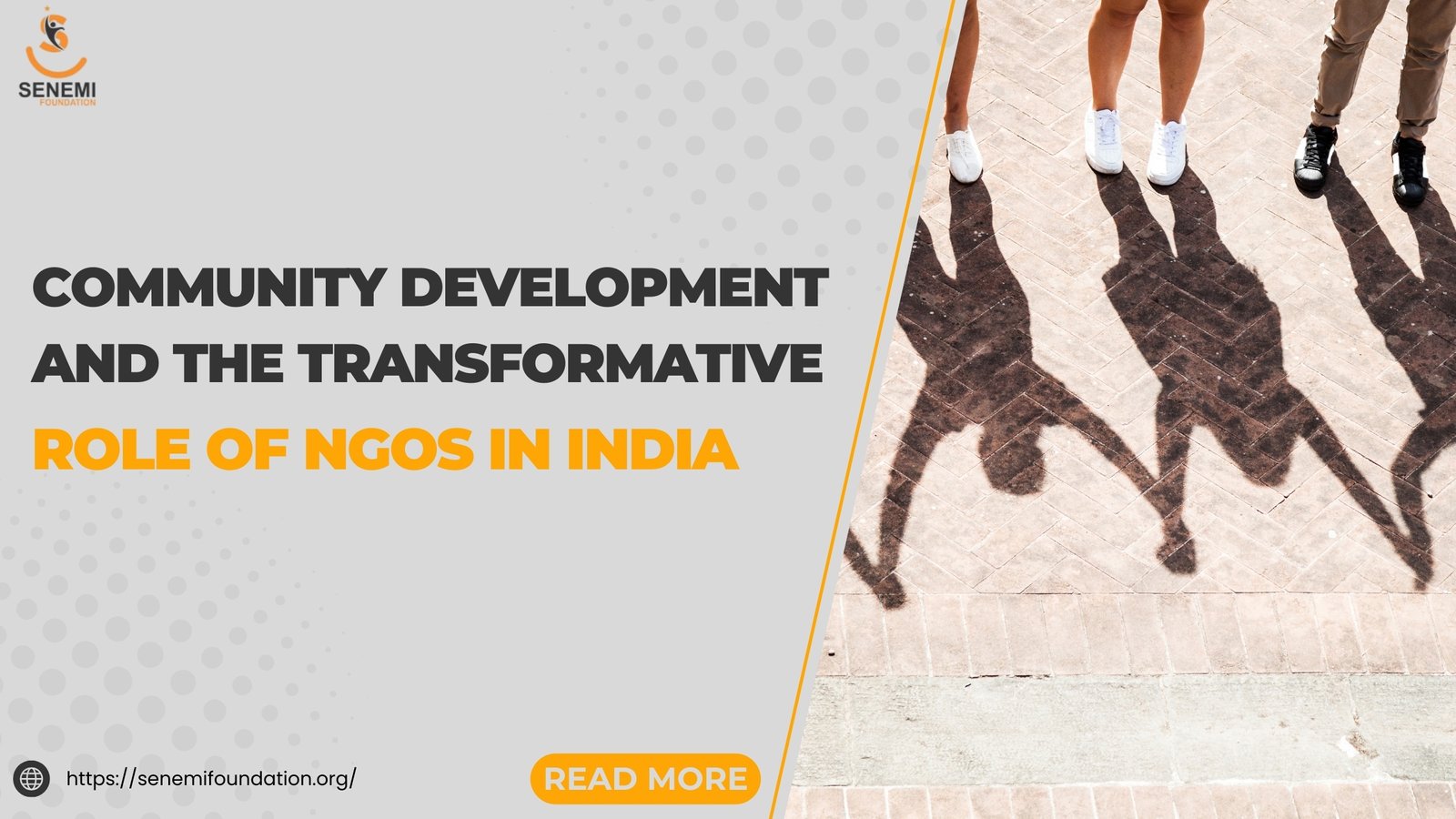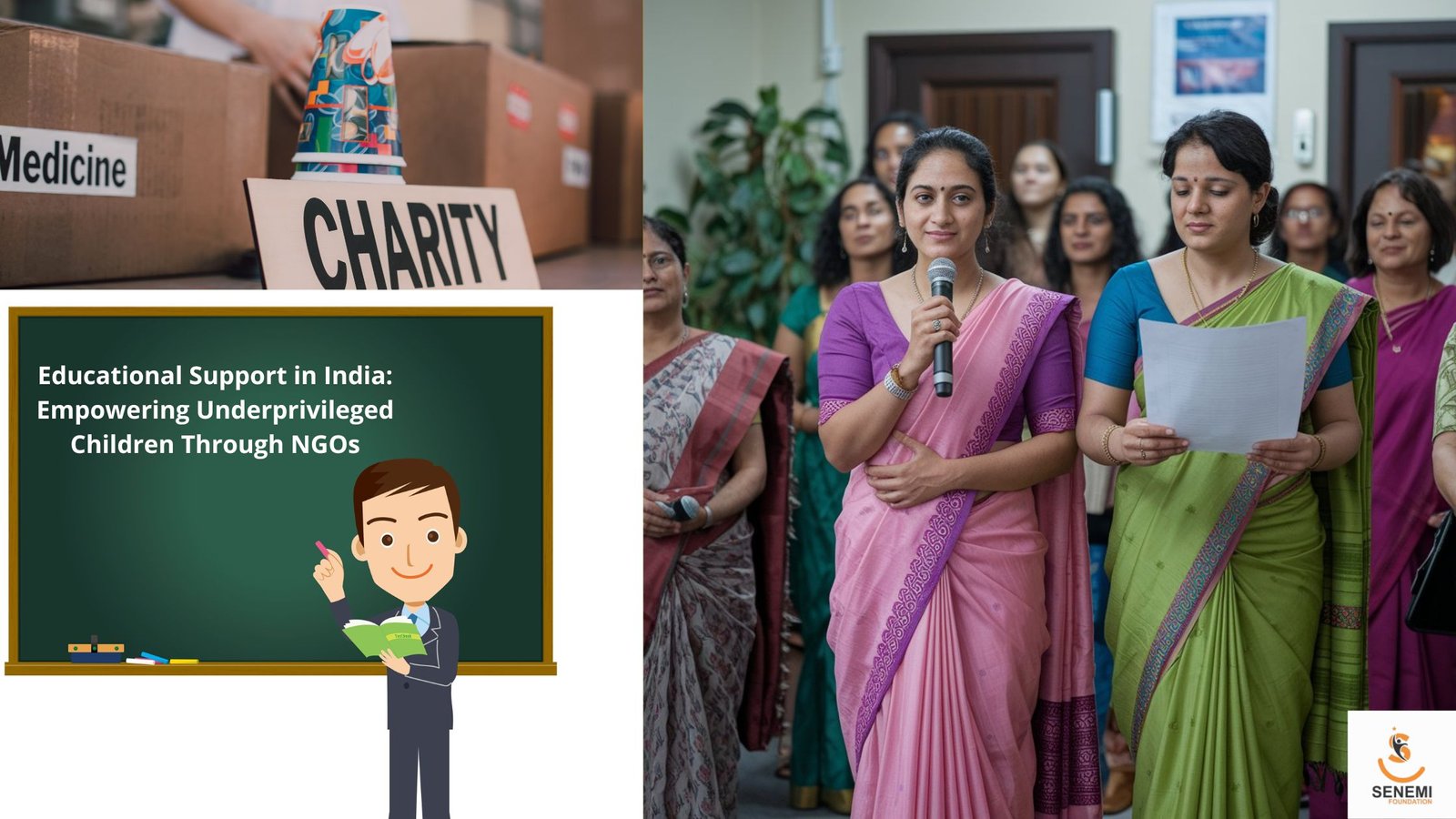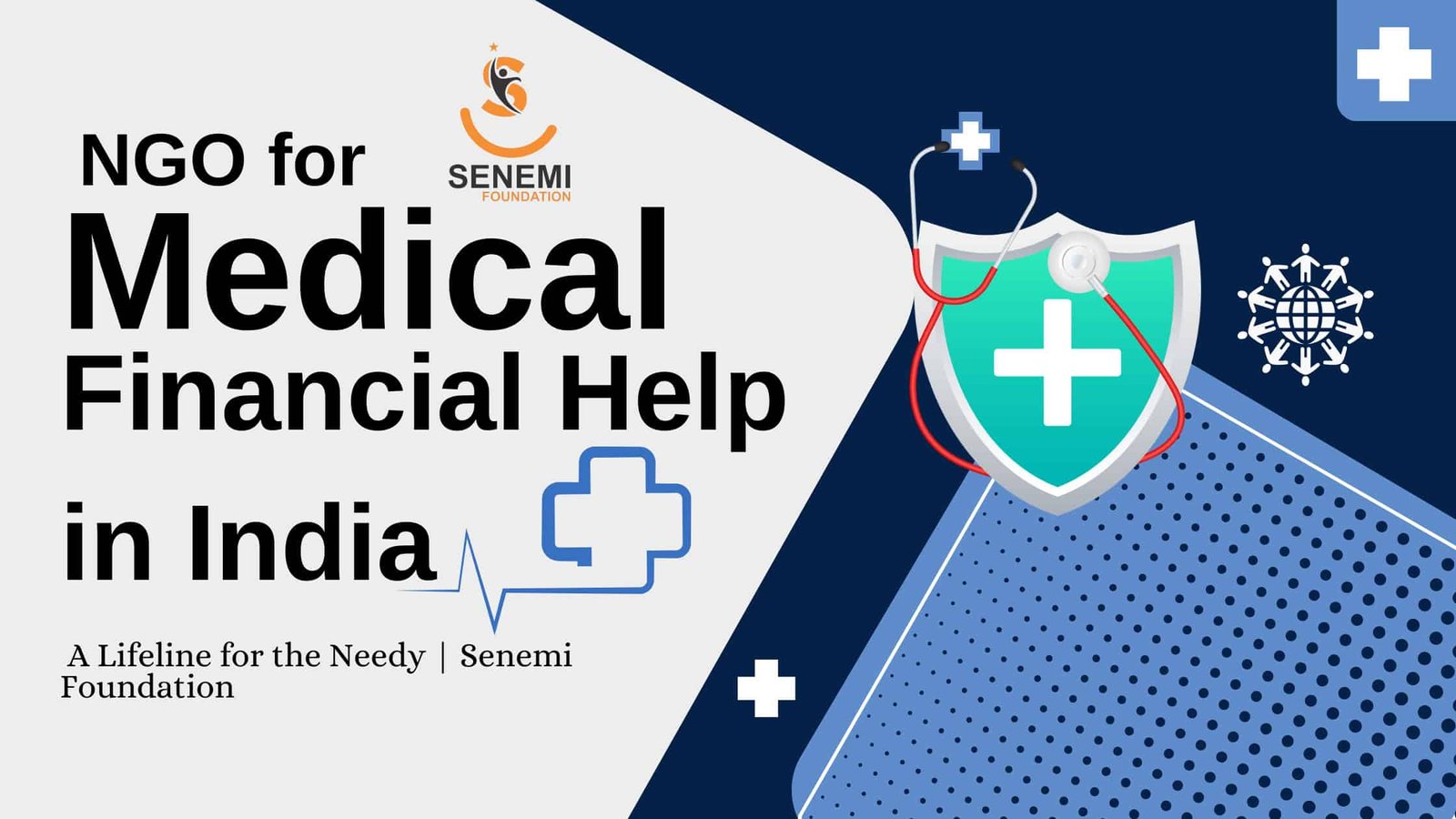
Community development is one of the most powerful drivers of social change. It is the process of empowering communities to identify their needs, organize themselves, and take collective action to improve their quality of life. At the heart of this mission are community development NGOs—organizations that dedicate their time, resources, and expertise to enabling sustainable change.
In a country as vast and diverse as India, where millions live in rural and underdeveloped areas, community development NGOs in India play an indispensable role in bridging the gap between government initiatives and grassroots realities. Let’s explore how they operate, why they are vital, and the broader role of NGOs in community development.
 Ragini
Ragini









